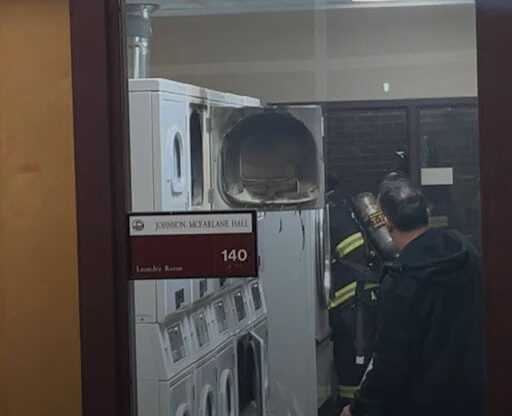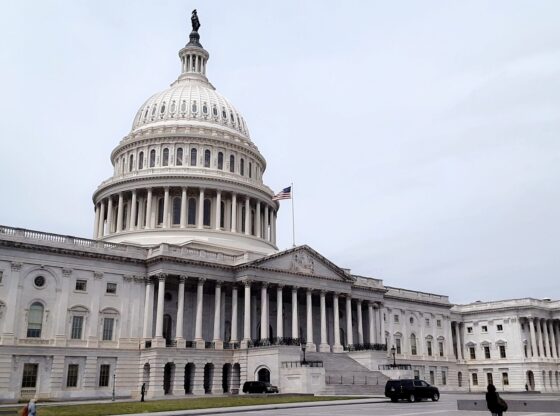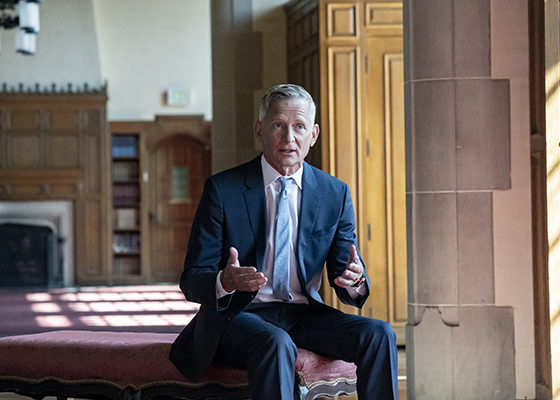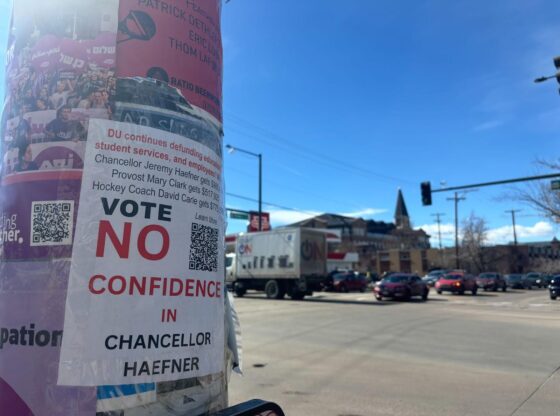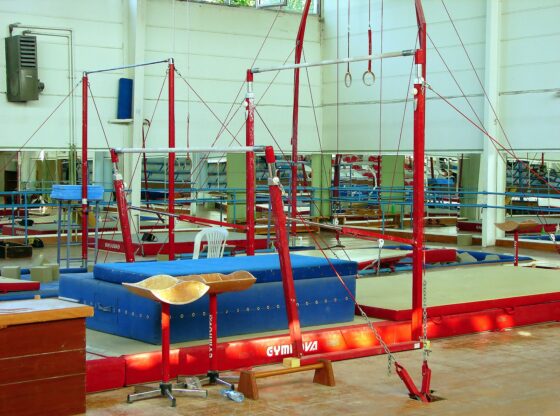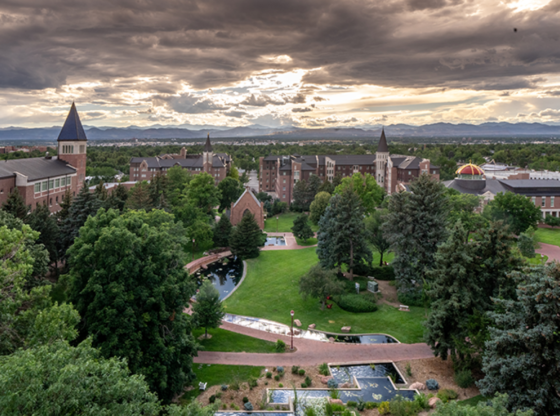After the recent tragedy here at DU, with the death of Wilson King in an auto-pedestrian accident, our school and Denver need to take another look into the devastating problem of auto-pedestrian accidents.
With DU in the middle of an urban city and with major streets running right through it, students are at an inherent risk of accidents. This does not mean, however, that we can’t prevent these accidents.
I think the first step actually lies with each of us. As mundane as it sounds, we need to look both ways before crossing the street, and also we need to use crosswalks at the appropriate times. Such small measures will go a long way in keeping us safe from potential accidents.
As for DU, I think that the current rules could be enforced more. Campus safety officers can impose harsher punishments than just a ticket against jaywalkers. If we can deter people from engaging in risky behavior such as jaywalking, then I believe that the number of accidents will sharply decrease.
As for Denver, 2013 is turning out to be a deadly year. So far this year, the Denver Police Department is averaging 44 auto-pedestrian accidents per month throughout the city. This is higher than the previous two years with 31 and 31.5 accidents, respectively. These numbers show an increase of 46% for the first two months of 2013. Although it is too early to see if this is going to continue throughout the rest of the year, it is a troubling statistic nonetheless.
Hit and run auto-pedestrian accidents have risen as well from 4.8 accidents per month in 2011 to six accidents in 2012 to eight accidents for the first couple of months in 2013. Auto-pedestrian accidents are turning into an epidemic that we as a city need to address quickly.
There are many ways to go about working towards a solution to this problem. The first can be to reconfigure the layout of our streets. By adding in more stop and yield signs, as well as speed bumps, we could dramatically reduce the chance of drivers gaining too much speed.
Also we could try adding more crosswalks at busy intersections that will give pedestrians more places to cross. If we can’t add more crosswalks, then maybe we can try building walkover bridges that will also provide safer options to get across the street.
All of these solutions, though, have their own problems. Adding stop signs, yield signs, and speed bumps will necessarily slow down traffic which could create more problems with people trying to commute to school or get to work. Speed bumps would also require effort and money to restructure the streets to contain these bumps.
The streets that are most prone to accidents already have crosswalks anyway, so adding more may not be a viable option. Walkover bridges do work, but they are incredibly expensive to build when there are already budget problems in the state.
If all else fails for DU, we can at least consider a closed campus. Many universities and colleges are closed campuses, which means that they do not have major streets running through them like DU does. Perhaps we should consider making boundaries for the university, one of which could be Evans.
I understand that this is a major undertaking and would require a lot of patience and willingness, but I don’t think we can truly talk about reducing auto-pedestrian accidents if we don’t at least discuss this as a plausible option.
Regardless of what we do, I think we can all agree that something needs to be done to reduce auto-pedestrian accidents and save lives. This is a discussion that we should have been having earlier. But in light of the recent events, it is one we can no longer avoid. By having this discussion, we can avoid tragedies like what we have painfully experienced.



